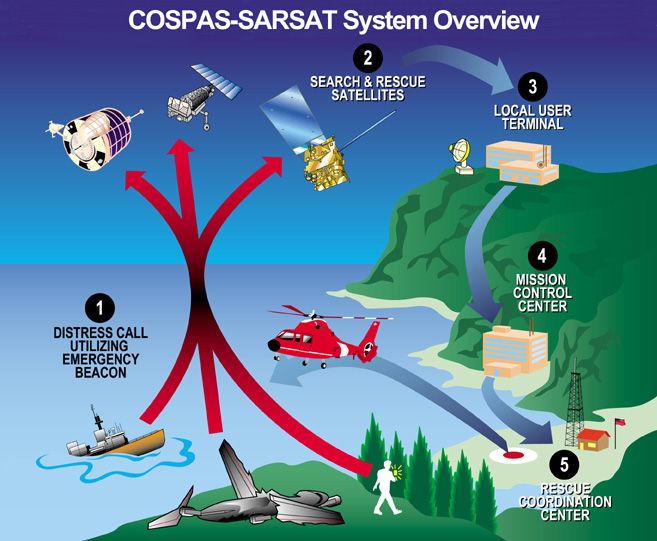 Feb. 1, 2009, marks the end of satellites’ ability to notice your 121.5 MHz-specific emergency locator beacon (ELT), but — in the U.S. — changing your equipment to the satellite-monitored 406 MHz is optional. After January, voluntary use of 121.5 MHz equipment, only, means that those operators accept they will be depending on ground stations listening on 121.5 and pilots of overflying aircraft — that means you — to find them. Search and rescue will still use whatever methods are available to help them find you, and in the case of your 121.5 MHz ELT, that may provide some measure of comfort. But the truly safety-conscious may now consider adding the layer of 406 MHz technology either through an ELT upgrade or the many personal locator beacons now available. As for Canada and Mexico: Canada has not yet required that aircraft flying in its airspace be equipped with 406 MHz ELTs. The country is planning a two-year conversion period and has yet to set rules for the transition, according to AOPA. Flying to the Bahamas will not require 406 MHz equipment, but that may change after January of 2011. Mexico will allow U.S. aircraft using 121.5 MHz ELTs to fly within the country until the end of June 2009, unless they reach a mandatory ELT battery replacement date first. The Cospas-Sarsat System has been and will continue monitoring signals transmitted on 406 MHz.
Feb. 1, 2009, marks the end of satellites’ ability to notice your 121.5 MHz-specific emergency locator beacon (ELT), but — in the U.S. — changing your equipment to the satellite-monitored 406 MHz is optional. After January, voluntary use of 121.5 MHz equipment, only, means that those operators accept they will be depending on ground stations listening on 121.5 and pilots of overflying aircraft — that means you — to find them. Search and rescue will still use whatever methods are available to help them find you, and in the case of your 121.5 MHz ELT, that may provide some measure of comfort. But the truly safety-conscious may now consider adding the layer of 406 MHz technology either through an ELT upgrade or the many personal locator beacons now available. As for Canada and Mexico: Canada has not yet required that aircraft flying in its airspace be equipped with 406 MHz ELTs. The country is planning a two-year conversion period and has yet to set rules for the transition, according to AOPA. Flying to the Bahamas will not require 406 MHz equipment, but that may change after January of 2011. Mexico will allow U.S. aircraft using 121.5 MHz ELTs to fly within the country until the end of June 2009, unless they reach a mandatory ELT battery replacement date first. The Cospas-Sarsat System has been and will continue monitoring signals transmitted on 406 MHz.
The 5-watt digital signal transmitted by 406 MHz equipment is stronger and more accurate than 121.5 and must be registered to a specific owner. Registration means that rescuers, once alerted by a 406 MHz signal, can call the owner first, before launching a search just to find an aircraft that is simply being transported on a truck, for example. For more information, see Sarsat.

































